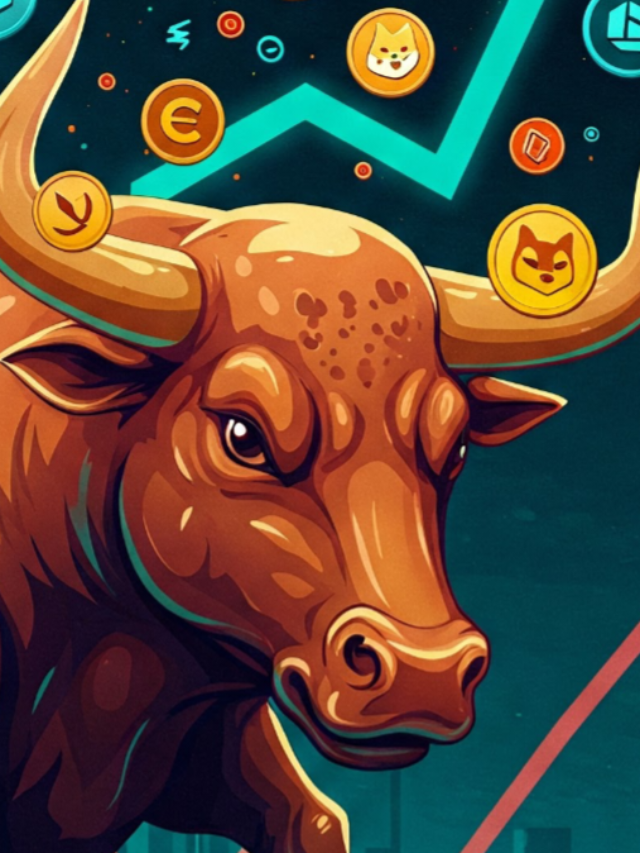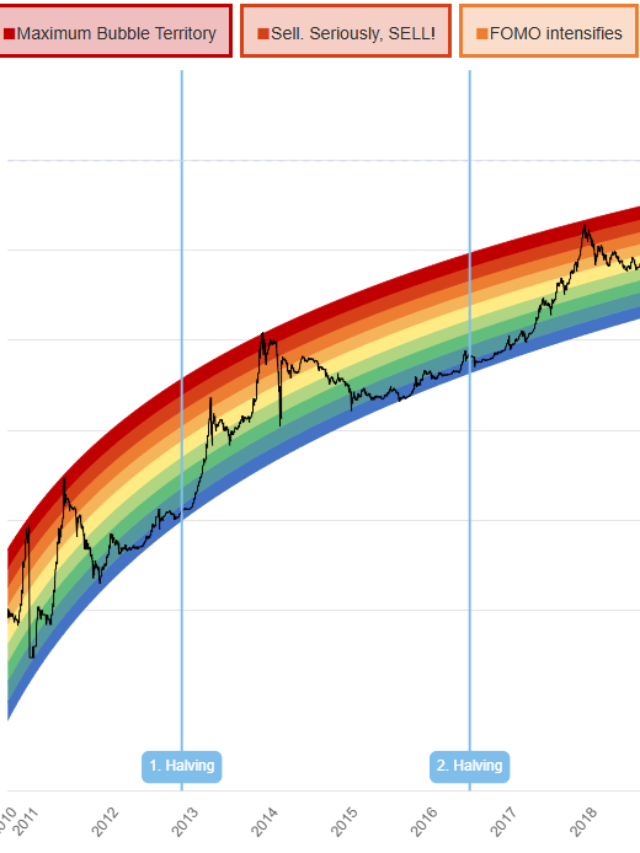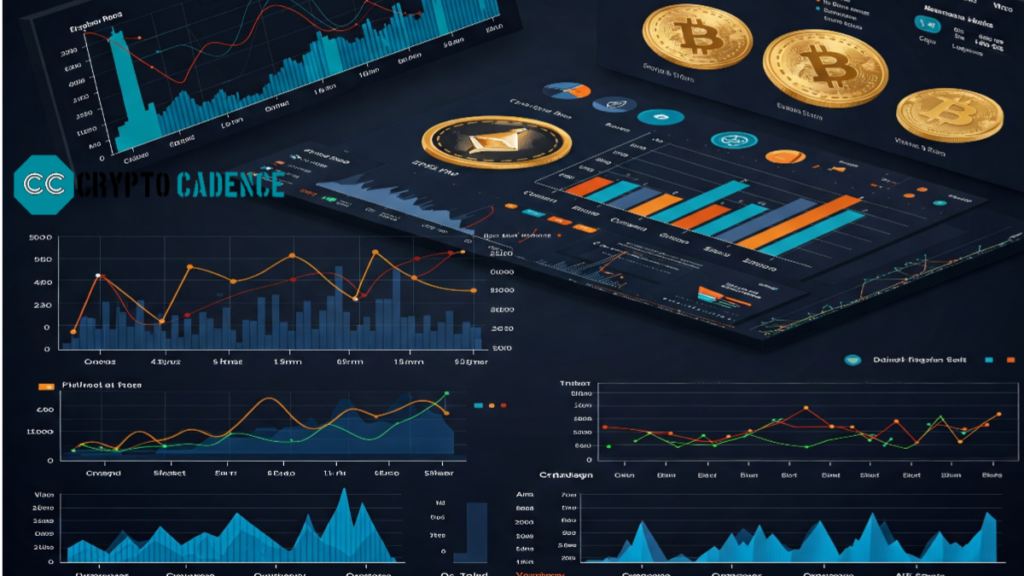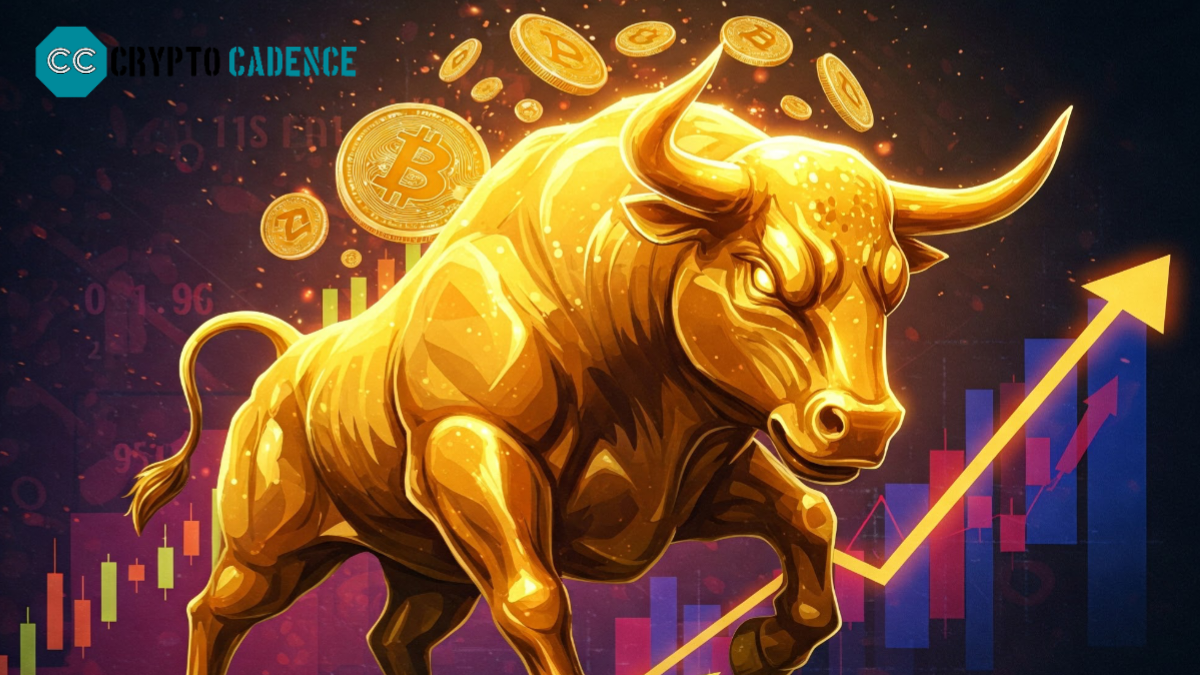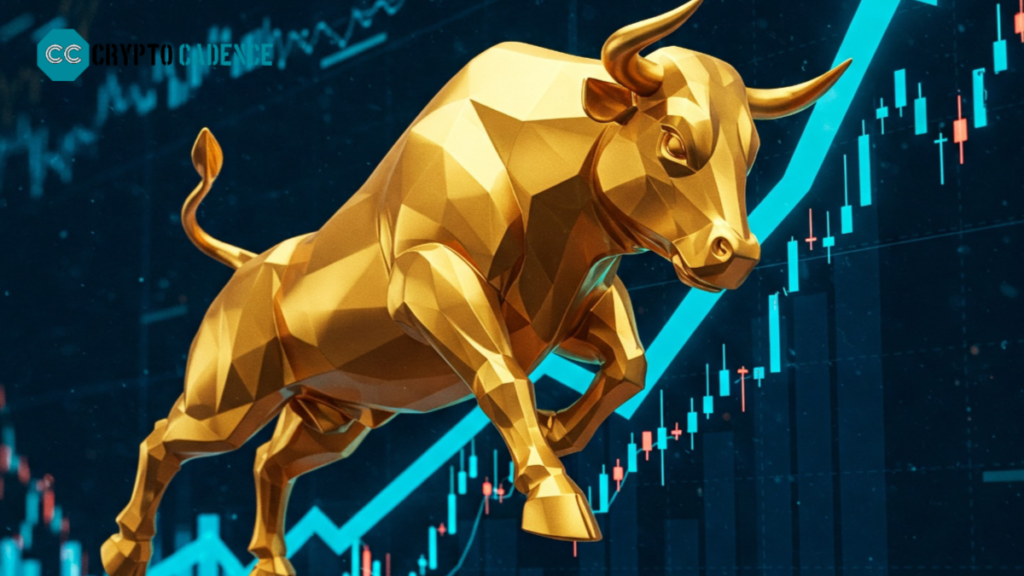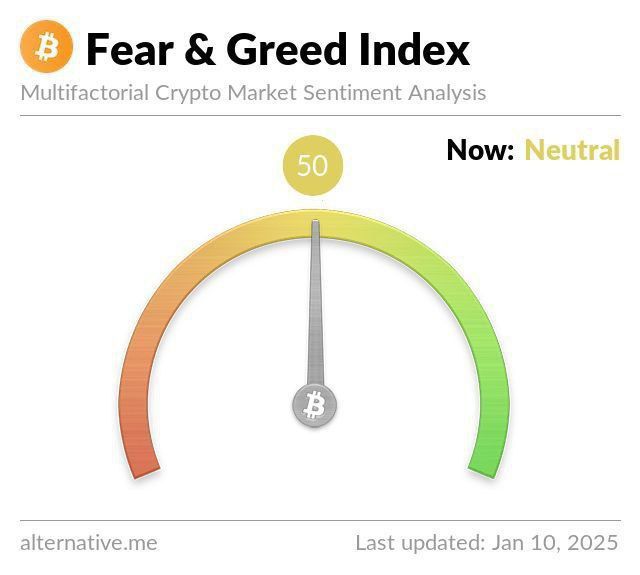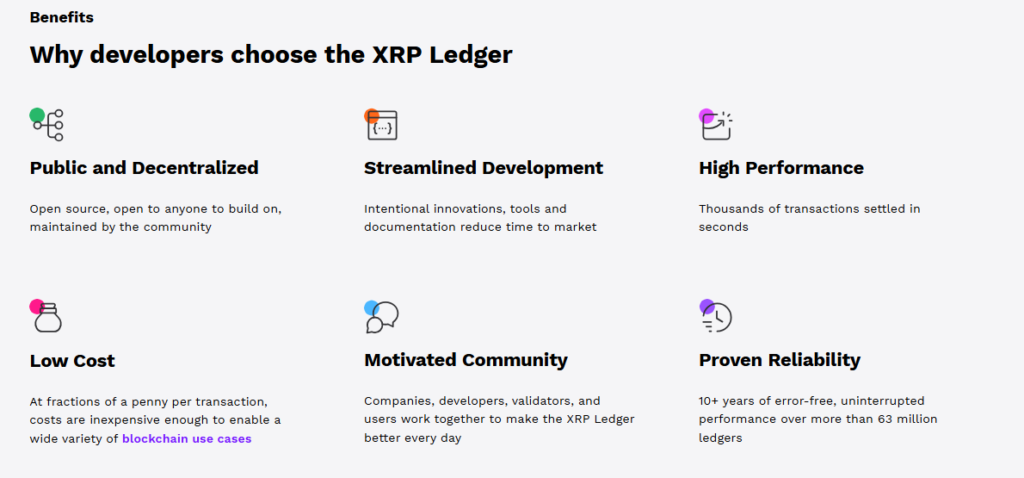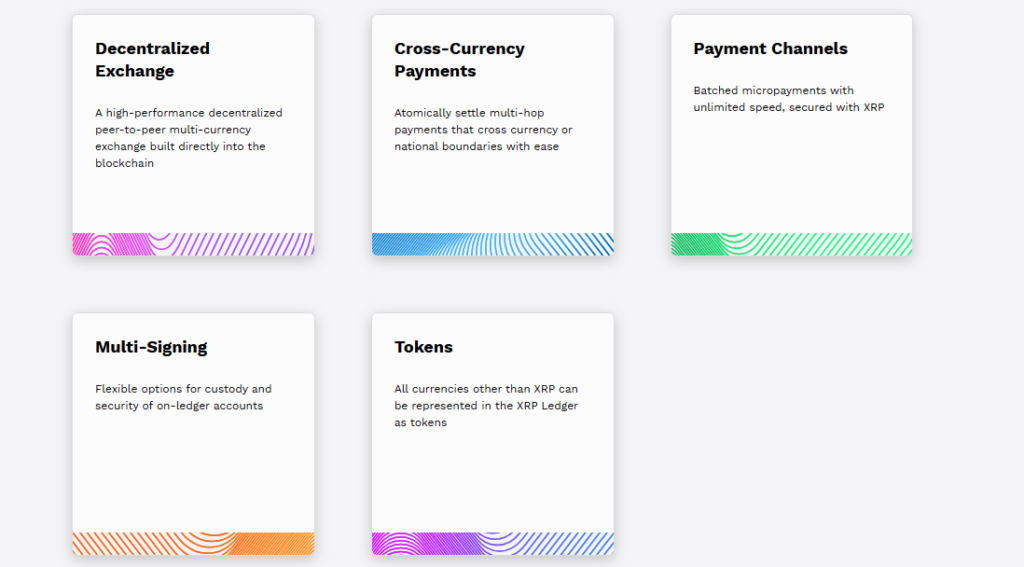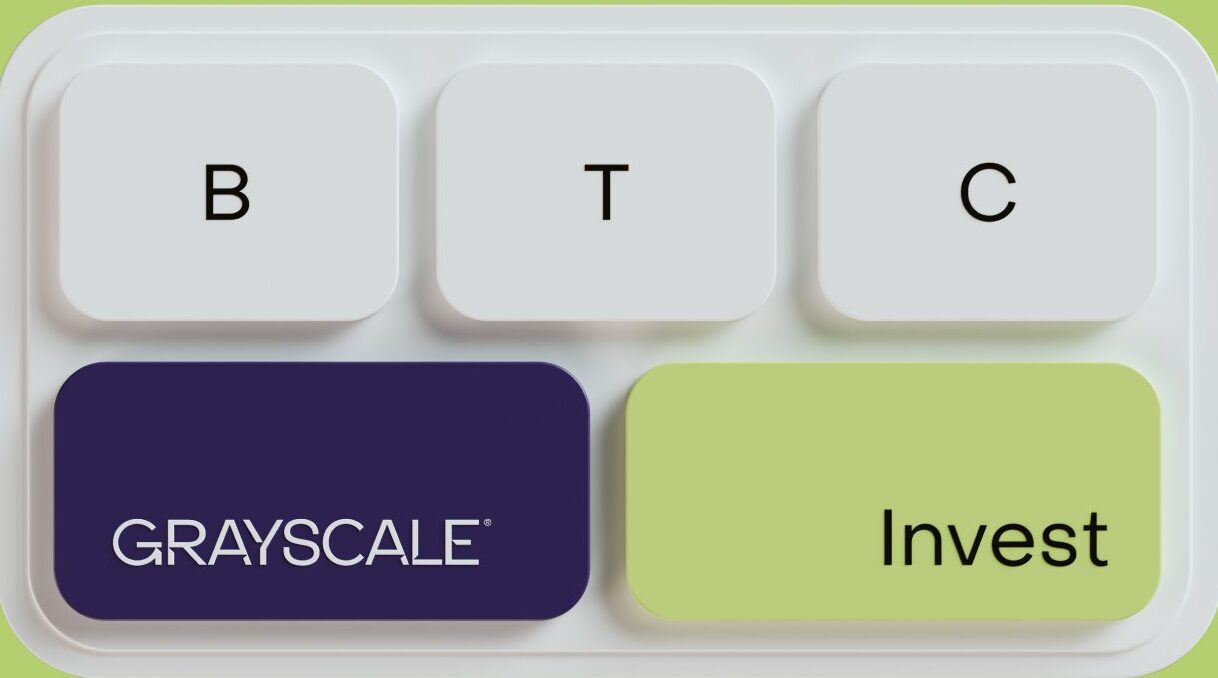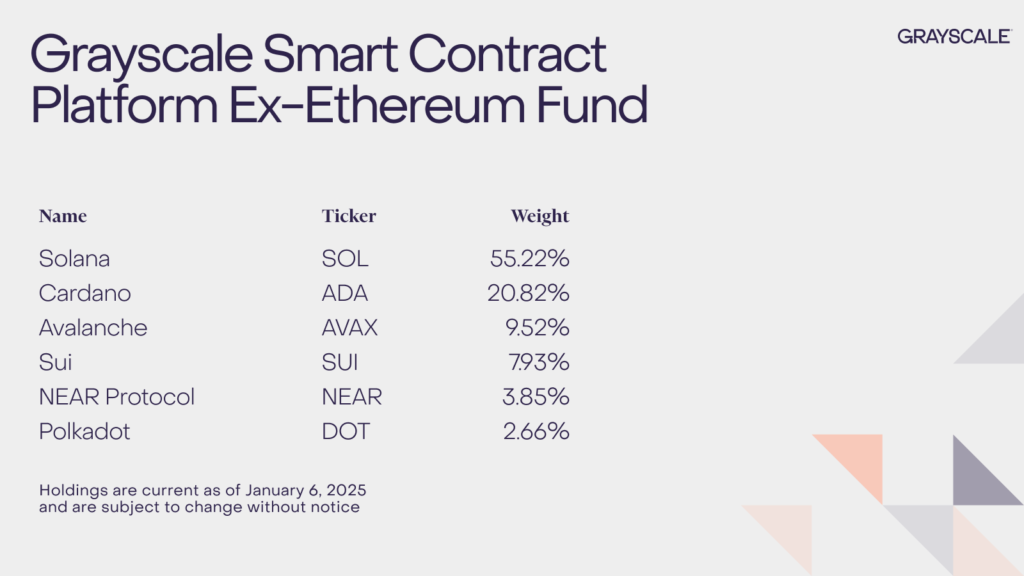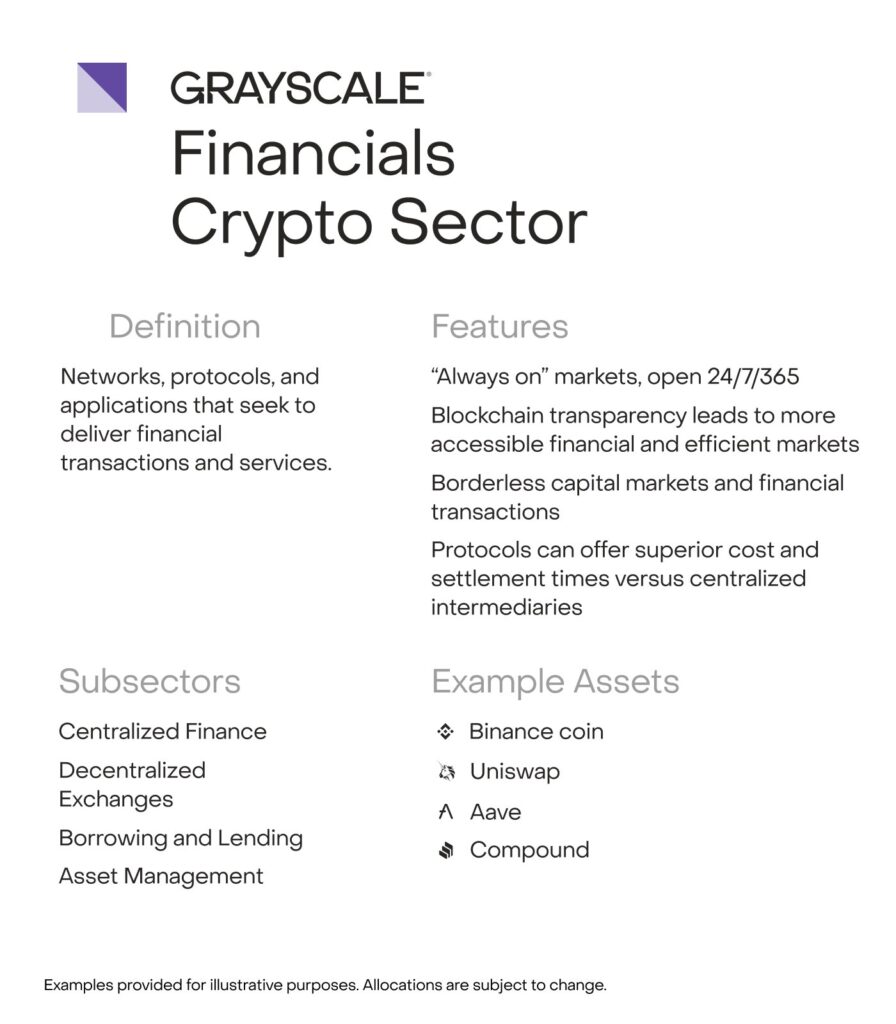The world of cryptocurrencies can be risky, but also really rewarding. If you get involved in the right project early, you can get some incredible returns. Many expect the next big rally to take place between 2025 and 2026, driven by the Bitcoin halving event, more people getting in on the action, and new technological advancements. In this guide, we’ll take a look at altcoins (cryptocurrencies other than Bitcoin) that could potentially grow significantly based on their fundamentals and real-life uses.
What does 100x really mean?
When we talk about 100x returns, we mean turning a $1,000 investment into $100,000. To reach that goal, investors should look for projects that have:
- Small market cap: Coins valued at less than $500 million (or even less than $100 million) have the potential to grow into huge ecosystems.
- Solid fundamentals: It’s important that projects have real utility, scalability, and genuine acceptance in the world.
- Triggers for growth: Keep an eye out for upgrades, new partnerships, or trends in the market (such as AI, decentralized finance, or gaming).
While these opportunities can offer huge returns, they also come with high risk and market volatility. It’s important to do thorough research and spread your investments across different assets.

Top Altcoin Types to Watch for 2025–2026
1. Layer 1 Blockchains
Layer 1 networks are essential to the decentralized ecosystem. Look for platforms that tackle issues like scalability, security, and how well they work with each other.
- Solana (SOL):
- Why? Solana is fast (processes 65,000 transactions per second) and has low fees, making it popular for decentralized finance, NFTs, and apps. The Firedancer update coming in 2024 should improve network stability.
- Potential: If it bounces back from its low in 2022, SOL could surpass its previous peak of $250 as more people use it.
- Avalanche (AVAX):
- Why? Avalanche allows businesses to build custom blockchain solutions through its subnet. A high-profile partnership with JPMorgan shows its appeal to bigger players.
- Potential: It is realistic for its market cap to exceed $10 billion (above $11 billion in 2024) as more users adopt its subnet.
- SEI:
- Why? SEI is a focused Layer 1 designed for trading, with a second version offering better compatibility with Ethereum, which could attract DeFi and sustainable decentralized exchanges.
- Potential: A market cap of $1 billion (10x 2024 levels) can be achieved if the ecosystem grows.
2. DeFi Innovators
Decentralized finance is changing the way we think about banking. Look for platforms that offer innovative ways to earn or connect across different blockchains.
- PENDLE:
- Why? Pendle allows users to tokenize and trade future yield, a growing niche in decentralized finance. Its total locked value (TVL) is set to grow significantly to $6 billion in 2024.
- Potential: Reaching a $1 billion market cap (five times the 2024 value) seems realistic as more yield strategies are rolled out.
- Jupyter (JUP):
- Why? As the leading decentralized exchange aggregator on Solana, Jupiter is crucial for liquidity, with features like limit orders and perpetual swaps.
- Potential: If Solana emerges as a major player in decentralized finance, it could experience growth similar to Uniswap.
- AAVE:
- Why? With its “Lens Protocol” and the introduction of the GHO stablecoin to new chains, Aave is poised for multi-chain success.
- Potential: Could return to a market cap of over $20 billion (four times 2024 levels) if the market rebounds.
3. AI-Powered Crypto
The merger of AI and blockchain is an important trend. Focus on projects that aim to decentralize AI development or computation.
- Fetch.ai (FET):
- Why? This platform uses autonomous agents to streamline tasks like supply chain management. It has partnered with SingularityNET and Ocean Protocol, forming an alliance for artificial superintelligence.
- Possibility: If AI usage grows, a market cap of $10 billion (10x 2024 value) may be possible.
- Render (RNDR):
- Why? Render’s decentralized GPU network supports AI and 3D rendering, and partnerships with major firms like Apple and NVIDIA support its business model.
- Possibility: As demand for GPU computing grows, a market cap over $10 billion could be on the horizon.
- Bitensor (TAO):
- Why? This network decentralizes machine learning, rewarding models that compete against each other. Its modular subnets support a variety of AI applications.
- Potential: If it becomes the go-to platform for AI services, it could join the top 10 cryptocurrencies by market cap.
4. Gaming and Metaverse Tokens
Gaming could be key to making blockchain accessible to the masses. Look for platforms with a play-to-earn model or an emphasis on high-quality titles.
- Gala (GALA):
- Why? Gala owns popular games like Mirandus and operates a Netflix-like entertainment platform. Partnerships and node sales are contributing to its growth.
- Potential: If gaming gains momentum on blockchain, a market cap of $10 billion (20x the 2024 figure) is achievable.
- Immutable X (IMX):
- Why? It is a Layer 2 solution for Ethereum for gamers, powering major titles such as Illuvium and Guild of Guardians.
- Potential: A market cap of $20 billion (10x its current status) is possible as Ethereum-based gaming expands.
5. Meme Coin with Momentum
Meme coins thrive on the energy of the community, but they must be used with caution.
- DogWifHat (WIF):
- Why? As Solana’s leading meme coin, WIF benefits from viral trends and celebrity endorsements.
- Potential: It could reach a market cap of $10 billion (15 times its 2024 level) in a frenzy similar to Dogecoin’s rise in 2021.
- Bonk (BONK):
- Why? With its role in Solana’s DeFi and NFTs, Bonk is likely to retain value better than the usual meme coins.
High Risk, High Reward Micro-Cap Gems
For those willing to take bigger risks, consider these smaller projects:
- Pal AI (PAAL): AI chatbot platform with a $50 million market cap.
- Sleepless AI (AI): Combines AI with gaming; backed by Binance Labs.
- Zephyr Protocol (ZEPH): Privacy-focused stablecoin protocol using Monero’s code.

How to evaluate an altcoin
- Founders: Choose projects that have founders with solid backgrounds.
- Tokenomics: Look for a low circulating supply and clear implied timelines.
- Community engagement: Healthy activity on Twitter, Discord or Telegram can indicate organic growth.
- Partnerships: Collaboration with reputable companies adds credibility.
Things to consider
- Regulatory changes: New laws can affect many crypto projects.
- Liquidity issues: Smaller coins are easier to manipulate.
- Survival rate: Many altcoins (more than 90%) do not survive market downturns.
Recognizing bullish signals in crypto: Your guide to riding out the next bullish Phase
Final Thoughts
The coming bull run in 2025-2026 could create many new millionaires in crypto, but it requires smart choices focused on altcoins with promising technology and engaged communities. Layer 1 networks (like SEI and SOL), AI-powered tokens (FET and TAO), and DeFi leaders (PENDLE and JUP) are at the forefront, while meme coins (WIF and BONK) offer speculative opportunities. Always remember to invest wisely, diversify your portfolio, and keep learning.
Disclaimer: This is not financial advice. Cryptocurrencies can be volatile – only invest what you can afford to lose.




